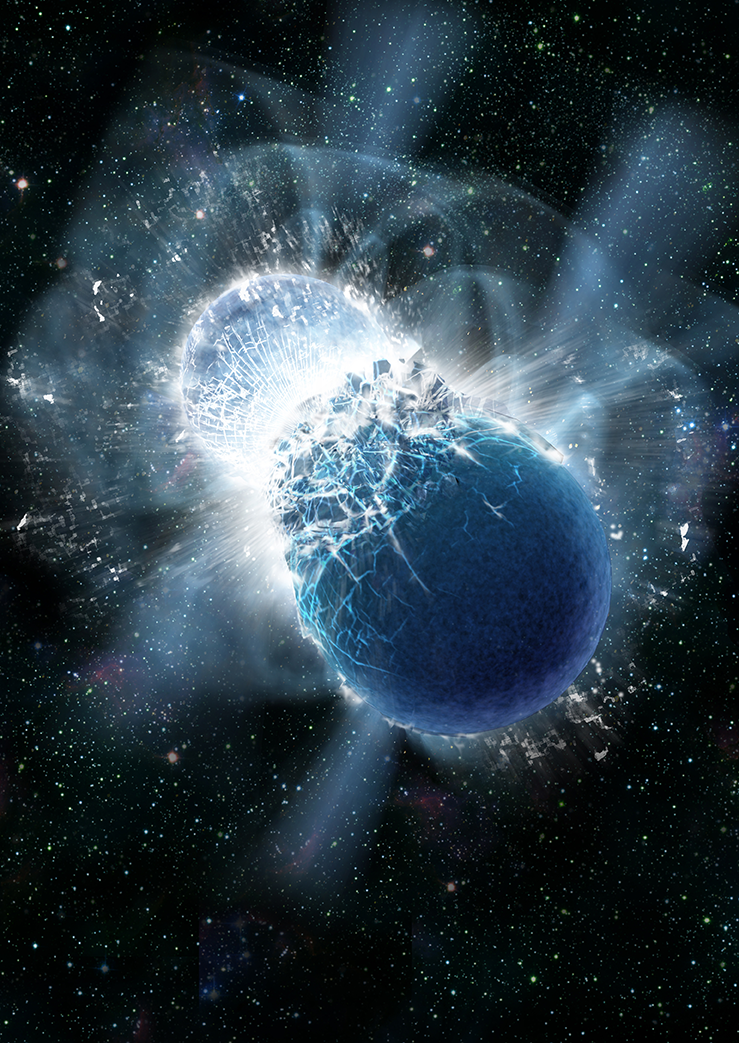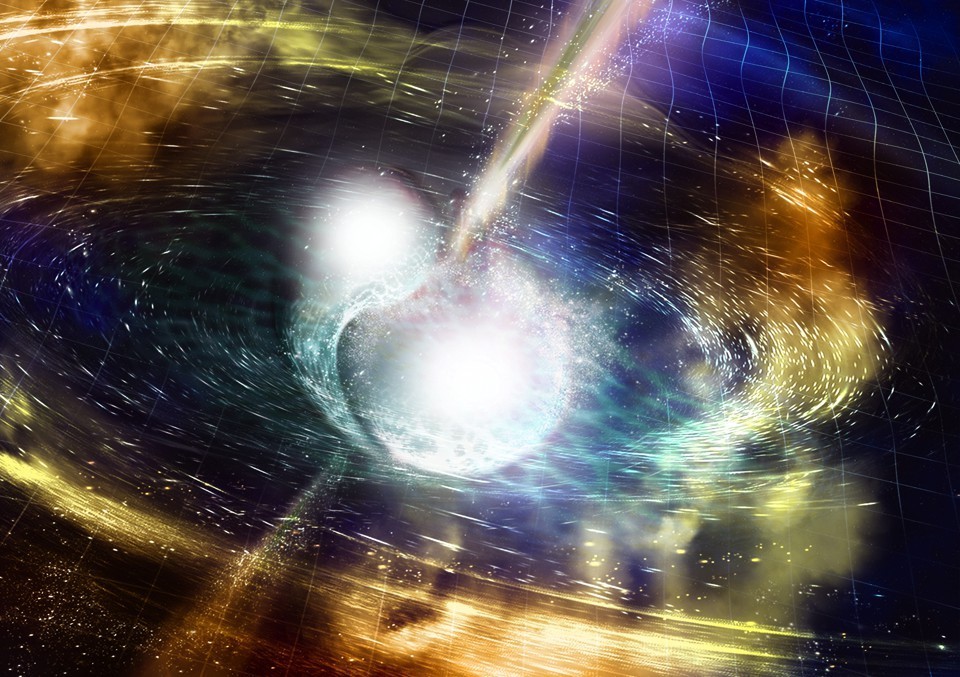It’s been quite the fascinating week in the world of physics culminating with Donna Strickland’s shiny new Nobel Prize in physics.
For my purposes, this week in physics started on Friday, September 28, 2018 with Allesanndro Strumia’s presentation at CERN’s (European Particle Physics Laboratory) “1st workshop on high energy theory and gender” where he claimed and proved ‘scientifically’ that physics has become “sexist against men.” I’ll get back to Strumia in a moment but, first, let’s celebrate Donna Strickland and her achievements.
Only three women, including Strickland, in the history (117 years) of the Nobel Prize for Physics have won it, Marie Curie in 1903, Maria Goeppert Mayer in 1963, and, now, Strickland in 2018.
The University of Waterloo (Ontario, Canada) had this to say in an October 2, 2018 news release,
Donna Strickland wins Nobel Prize in Physics
Tuesday, October 2, 2018
Donna Strickland, a University of Waterloo professor who helped revolutionize laser physics, has been named a winner of this year’s Nobel Prize in Physics.
Strickland, an associate professor in the Department of Physics and Astronomy, shares half the $1.4 million prize with French laser physicist Gérard Mourou. The other half was awarded to U.S. physicist Arthur Ashkin.
The Royal Swedish Academy of Sciences stated that Mourou and Strickland paved the way toward the shortest and most intense laser pulses created by mankind. Their revolutionary article was published in 1985 and was the foundation of Strickland’s doctoral thesis.
Strickand conducted her Nobel-winning research while a PhD student under Mourou in 1989 at the University of Rochester in New York. The team’s research has a number of applications in industry and medicine.
It was great to have had the opportunity to work with one of the pioneers of ultrafast lasers, Gerard Mourou,” said Strickland. “It was a small community back then. It was a new, burgeoning field. I got to be part of that. It was very exciting.”
A Nobel committee member said billions of people make daily use of laser printers and optical scanners and millions undergo laser surgery.
“This is a tremendous day for Professor Strickland and needless to say a tremendous day for the University of Waterloo,” said Feridun Hamdullahpur, president and vice-chancellor of the University of Waterloo. “This is Waterloo’s first Nobel laureate and the first woman to receive the Nobel Prize in Physics in 55 years.”
During an interview, Strickland told the Globe and Mail [national newspaper]: “We need to celebrate women physicists because we’re out there, and hopefully in time it’ll start to move forward at a faster rate.”
Charmaine Dean, vice-president research at the University of Waterloo said: “Donna Strickland exemplifies research excellence at Waterloo. Her groundbreaking work is a testament to the importance of fundamental research as it has established the foundation for laser-based technologies that we see today from micromachining to laser eye surgery.”
An October 2, 2018 news item on Nanowerk focuses on the three winners,
Arthur Ashkin, an American physicist has been awarded half the prize for his invention of optical tweezers and their application to biological systems. His amazing tool has helped to reach the old dream of grabing [sic] particles, atoms, viruses and other living cells. The optical tweezers work with the radiation pressure of light to hold and move tiny object and are widely used to study the machinery of life.
French physicist Gérard Mourou and Canadian physicist Donna Strickland share the other half for their method of generating ultra-short and very intense optical pulses. Ultra-sharp laser beams have made possible to cut or drill holes in various materials extremely precisely – even in living matter. The technique this duo pioneered is called chirped pulse amplification or CPA and it has led to corrective eye surgeries for millions of people.
An Oct. 2, 2018 article by Marina Koren for The Atlantic is my favourite of the ones focusing on Strickland. One of Koren’s major focal points is Strickland’s new Wikipedia page (Note: Links have been removed),
It was about five in the morning in Ontario, Canada, when Donna Strickland’s phone rang. The Nobel Prize committee was on the line in Stockholm, calling to tell her she had won the prize in physics.
“We wondered if it was a prank,” Strickland said Tuesday [October 2 ,2018], in an interview with a Nobel official after the call. She had been asleep when the call arrived. “But then I knew it was the right day, and it would have been a cruel prank.”
…
Lasers, focused beams of light particles, were invented in the 1960s. Scientists immediately started tinkering with them, looking for ways to harness and manipulate these powerful devices.
Strickland and [Gérard] Mourou] found a way to stretch and compress lasers to produce short, intense pulses that are now used, among other things, in delicate surgeries to fix vision problems. [Arthur] Ashkin figured out a way to maneuver laser light so that it could push small particles toward the center of the beam, hold them in place, and even move them around. This technique became the delightfully named “optical tweezer.” It allowed Ashkin to use the power of light to capture and hold living bacteria and viruses without harming the organisms.
…
Unlike her fellow winners, Strickland did not have a Wikipedia page at the time of the announcement. A Wikipedia user tried to set up a page in May, but it was denied by a moderator with the message: “This submission’s references do not show that the subject qualifies for a Wikipedia article.” Strickland, it was determined, had not received enough dedicated coverage elsewhere on the internet to warrant a page.
On Tuesday, a newly created page flooded with edits: “Added in her title.” “Add Nobel-winning paper.” “Added names of other women Nobelists [sic] in physics.”
The construction of the Wikipedia page feels like a metaphor for a historic award process that has long been criticized for neglecting women in its selection, and for the shortage of women’s stories in the sciences at large. To scroll through the “history” tab of Strickland’s page, where all edits are recorded and tracked, is to witness in real time the recognition of a scientist whose story likely deserved attention long before the Nobel Prize committee called.
…
Strickland’s historic win comes a day after CERN, the European organization that operates the world’s most powerful particle accelerator, suspended a senior scientist for saying that physics was “invented and built by men.” Alessandro Strumia, a professor at the University of Pisa, made the statement during a recent speech at a seminar on gender issues in physics that was attended by mostly female physicists. Strumia said “men prefer working with things and women prefer working with people,” and that between men and women there is a “difference even in children before any social influence.” His remarks were widely circulated online and prompted fierce backlash.
The remarks don’t faze Strickland, who very publicly proved them wrong on Tuesday. In an interview with the BBC on Tuesday, she called Strumia’s claims “silly.”
For anyone curious about the Strumia situation, there’s an October 2, 2018 CBC Radio (As It Happens) online news article. Note: Links have been removed,
Not only was Alessandro Strumia being offensive when he said that physics “was invented and built by men” — he was also wrong, says physicist Jess Wade.
“Actually, women have contributed hugely to physics throughout the whole of history, but for an incredibly long time we haven’t documented or told those stories,” Wade told As It Happens host Carol Off.
And she would know. The Imperial College London research associate has made it her mission to write hundreds of Wikipedia entries about women in science and engineering.
Wade was in the room on Friday when Strumia, a physicist at Pisa University, made the inflammatory remarks during a gender workshop in Geneva, organized by the European nuclear research centre CERN.
CERN cut ties with Strumia after the BBC reported the content of his presentation.
…
This article includes some of the slides in Strumia’s now infamous presentation.
Tommaso Dorigo in an October 1, 2018 posting on the Science 2.0 blog offers another analysis,
The world of particle physics is in turmoil because of a presentation by Alessandro Strumia, an Italian phenomenologist, at CERN’s “1st workshop on high energy theory and gender”, and its aftermath.
By now the story has been echoed by many major newscasters around the world, and discussed in public and private forums, blogs, twitter feeds. I wanted to stay away from it here, mainly because it is a sensitive issue and the situation is still evolving, but after all, why not offer to you my personal pitch on the matter? Strumia, by the way, has been an occasional commenter to this blog – you can find some of his comments signed as “AS” in threads of past articles. Usually he makes good points here, as long as physics is the subject.
Anyway, first of all let me give you a quick recall of the events. The three-day workshop, which took place on September 26-28, was meant to”focus on recent developments in theoretical high-energy physics and cosmology, and discuss issues of gender and equal opportunities in the field“; it followed three previous events which combined string theory and gender issues. Strumia’s presentation was titled “Experimental tests of a new global symmetry“, a physicist’s way of describing the issue of man-woman equality. It is important to note that the talk was not an invited one – its author had asked the organizers for a slot as he said he would be talking of bibliometrics, and indeed his contribution was listed in the agenda of September 28 with the innocuous title “Bibliometrics data about gender issues in fundamental theory“.
Strumia’s slides contain a collection of half-baked claims, coming from his analysis of InSpire data from citations and authorship of articles in theoretical physics. I consider his talk offensive on many levels. It starts by casting the woman discrimination issue in scientific academia as a test of hypothesis of whether the “man-woman” symmetry is explicitly broken (i.e. there is no symmetry) or spontaneously broken (by a difference of treatment) – something that could even raise a smile in a geeky physicist; but the fun ends there.
…
Dorigo offers a detailed ‘takedown’ of Strumia’s assertions. I found the post intriguing for the insight it offers into physics. Never in a million years would I have thought this title, “Experimental tests of a new global symmetry,” would indicate a discussion on gender balance in the field of physics.
As I said in the opening, it has been quite the week in physics. On a final note, Brava to Doctor Donna Strickland!


